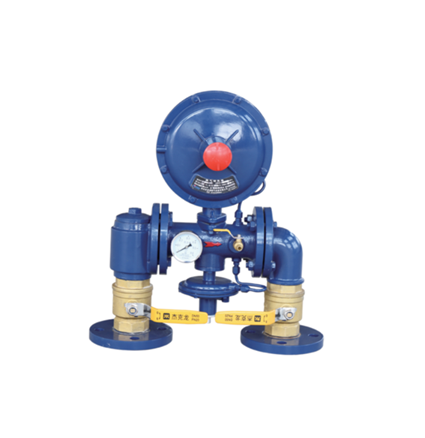
10 月 . 10, 2024 18:49
Back to list
cyclone separator
Understanding Cyclone Separators Principles and Applications
Cyclone separators are crucial devices used in various industries for separating particles from gases or liquids. Their design and operation harness the principles of centrifugal force, making them efficient tools for air pollution control, material recovery, and more. This article explores the working mechanism of cyclone separators, their applications, and advantages.
Working Principle
At the core of a cyclone separator is the principle of centrifugal force. When a mixture of gas and particulates enters the cyclone, it is directed into a cylindrical chamber, usually tapering down into a conical section. As the mixture spirals downwards, the centrifugal force acts on the heavier particles, throwing them outward towards the wall of the cyclone.
The motion creates a vortex, with the denser particles spiraling outwards and towards the bottom, while the less dense gas or vapor remains in the center. This effective separation occurs due to the differential forces acting on the particles based on their mass and velocity. Once the particulate-laden air or fluid reaches the bottom, the separated particles are collected, while the cleaned gas or liquid is expelled from the top.
Key Components
A typical cyclone separator comprises several critical components 1. Inlet The entry point for the gas or fluid mixture. It is designed to impart a tangential motion to the incoming material, aiding the separation process. 2. Cylindrical Body This forms the main chamber where the swirling motion occurs. 3. Conical Section Here, the spiraling motion continues to force heavier particles down to the collection area. 4. Outlet The cleaned gas or fluid exits from the top, while the collected particles are discharged from the bottom through a hopper or valve.
cyclone separator

Applications
Cyclone separators find applications across various sectors, including - Industrial Processes Used in chemical and manufacturing industries for dust collection and material recovery. - Environmental Control Employed in air pollution control systems to capture particulate matter before it reaches the atmosphere. - Food and Pharmaceutical Sectors Utilized for separating powders and contaminants from production streams.
In some instances, cyclone separators can be used in tandem with bag filters or electrostatic precipitators to enhance overall efficiency in removing particulates from gas streams.
Advantages
Cyclone separators offer several advantages that contribute to their widespread use - Low Maintenance With no moving parts, cyclone separators are easy to maintain and operate reliably over extended periods. - Cost-Effective They generally have lower initial setup and operational costs compared to other separation technologies. - Versatility Cyclone separators can be designed to handle various flow rates and particle sizes, making them suitable for diverse applications. - High Efficiency While they may not achieve the same efficiencies as some advanced filtration systems, they can effectively remove a significant percentage of larger particles, especially when optimized for specific processes.
Conclusion
In summary, cyclone separators are invaluable tools in the realm of particle separation. Their design allows for effective separation through the use of centrifugal force, making them suitable for various industrial applications, from dust collection to environmental protection. As industries continue to focus on efficiency and sustainability, the role of cyclone separators is likely to grow, adapting to modern technology and processes while maintaining their fundamental advantages.
Latest news
-
Unlocking The Quality Gas Pressure ReducersNewsNov.01,2024
-
The Role of Gas Pressure Reducing StationsNewsNov.01,2024
-
The Importance and Functionality of Safety Relief ValvesNewsNov.01,2024
-
The Essential Role of Safety Valves in Natural Gas ApplicationsNewsNov.01,2024
-
The Essential Role of Gas Pressure RegulatorsNewsNov.01,2024
-
Enhance Your Premium Gas FiltersNewsNov.01,2024

